Exploring the Future of Global Trade: The Impact of the Belt and Road Initiative
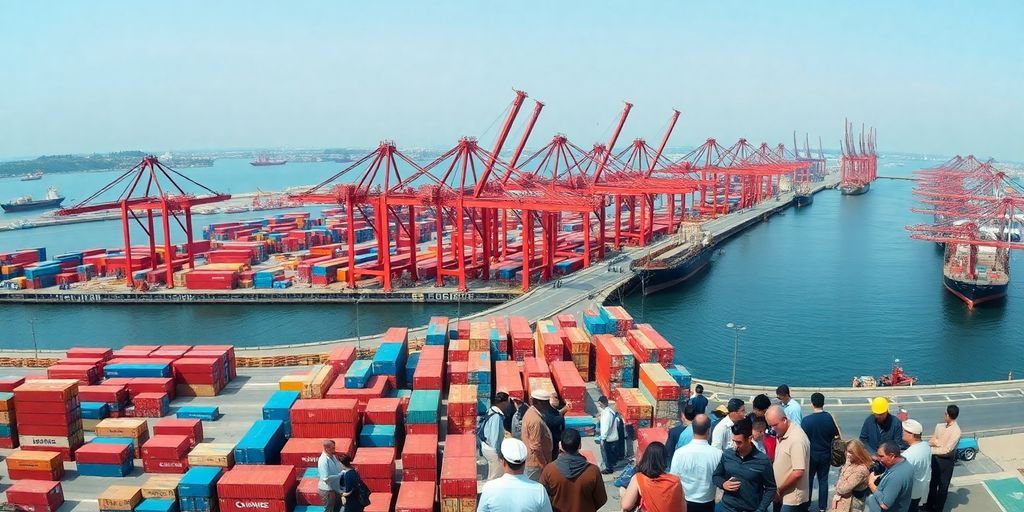
The Belt and Road Initiative (BRI) is shaking things up in global trade. Launched by China, it’s a massive project aimed at connecting Asia with Africa and Europe through land and maritime networks. The idea? To boost trade and stimulate economic growth across Asia and beyond. It’s like a modern Silk Road, but on steroids. This initiative isn’t just about building roads and railways. Nope, it’s also about improving policy coordination, unifying financial systems, and promoting cultural exchange. But, as with anything this big, there are challenges and critics. Some worry about debt, environmental impact, and political motives. Still, the BRI is hard to ignore when talking about the future of global trade.
Key Takeaways
- The Belt and Road Initiative is a major global development strategy led by China, aiming to enhance trade and economic growth across Asia and beyond.
- BRI focuses on infrastructure development, policy coordination, financial integration, and cultural exchange.
- While the initiative promises significant economic benefits, it also faces criticism over potential debt burdens and environmental concerns.
- The BRI is seen as a way for China to increase its influence on the global stage, raising geopolitical questions.
- Despite the challenges, the Belt and Road Initiative continues to expand, impacting international trade and relations.
The Belt and Road Initiative: A New Era of Global Trade
Understanding the Belt and Road Initiative
The Belt and Road Initiative (BRI) is a massive project spearheaded by China, aimed at enhancing global trade and connectivity. It seeks to revive the ancient Silk Road routes, both overland and maritime, that once connected Asia with Europe and Africa. This initiative is not just about building roads and ports; it’s about creating a vast network that facilitates trade, investment, and cultural exchange across continents. The BRI is a bold vision that aims to bridge the gap between developing and developed nations, fostering economic growth and cooperation.
Historical Context and Modern Implications
The BRI draws inspiration from the historical Silk Road, which was a critical trade route for centuries. This ancient network of trade paths enabled the exchange of goods, culture, and ideas, significantly contributing to the development of civilizations. Today, the BRI aims to recreate this spirit of connectivity but on a much larger scale. By investing in infrastructure and streamlining trade, the initiative seeks to address contemporary challenges like economic disparity and regional instability, promoting a more integrated global economy.
Key Players and Stakeholders
The BRI is not just a Chinese endeavor; it involves numerous countries and international organizations. Key players include countries across Asia, Europe, and Africa, each with their own strategic interests and goals. Stakeholders range from governments and multinational corporations to local businesses and communities. The involvement of diverse actors highlights the BRI’s potential to reshape global trade dynamics, offering opportunities for collaboration and mutual benefit. Participating countries are expected to see increased trade volumes and economic growth, further solidifying the BRI’s role as a catalyst for economic integration.
Economic Impacts of the Belt and Road Initiative
Boosting Global Trade and Investment
The Belt and Road Initiative (BRI) has redefined trade dynamics across continents. By constructing a vast network of transportation and information infrastructure, it has significantly reduced the barriers to trade and investment. By eliminating bottlenecks in transnational and inter-regional transport, the BRI has made cross-border logistics more efficient. This has not only facilitated smoother trade but also attracted substantial foreign direct investment (FDI) into participating countries. For instance, Southeast Asia saw its cross-border investment inflows rise to 17.2% of the global total by 2022, up from 8.2% in 2013.
Infrastructure Development and Economic Growth
Infrastructure is at the heart of the BRI’s strategy. Massive investments have been channeled into building roads, railways, ports, and other critical infrastructure. This has not only improved connectivity but also spurred economic growth in many regions. Countries like Kazakhstan have witnessed an 83% increase in FDI, a testament to the BRI’s impact on economic landscapes. The initiative has also helped to address the global infrastructure gap, providing much-needed public goods and driving development in areas previously overlooked.
Challenges and Opportunities
While the BRI offers numerous benefits, it also presents challenges. Debt sustainability is a concern for some participating nations, as the scale of investment can lead to financial strain. However, the BRI also opens up opportunities for economic diversification and development. By focusing on projects that align with local needs, it aims to create high-quality assets and foster long-term growth. The initiative encourages participating countries to improve their business environments, making them more attractive to global investors.
Cultural and Social Dimensions of the Belt and Road

Cultural Exchange and Collaboration
The Belt and Road Initiative (BRI) isn’t just about trade and infrastructure; it’s a bridge for cultural exchange. Imagine a tapestry woven with threads from different cultures. That’s what BRI aims to create. By 2023, China had already signed cultural and tourism agreements with 144 countries involved in the initiative. These agreements have led to the establishment of platforms like the Silk Road International League of Theaters and the Silk Road International Museum Alliance. These platforms promote cultural dialogues and collaborations, offering a stage for diverse voices and traditions.
Social Impacts on Participating Countries
The social fabric of countries involved in the BRI is changing, often in unexpected ways. Communities are finding new connections through shared projects and initiatives. For instance, educational programs like the Luban Workshops offer technical training, empowering local populations with new skills. There’s also the "Brightness Journey" program, providing free cataract surgeries across different nations, enhancing health and quality of life. These initiatives not only improve living standards but also foster a sense of global community.
Educational and Technological Advancements
Education and technology are at the forefront of the BRI’s social strategy. Countries are collaborating on educational initiatives that bring modern tech and teaching methods to the forefront. The Confucius Classroom project, for example, promotes language learning and cultural understanding. Additionally, technological partnerships are helping to build smarter cities and improve digital infrastructure, enabling better communication and innovation across borders.
The BRI is more than a trade route; it’s a path to a shared future, where cultural and social bonds are as strong as economic ties.
Environmental Considerations in the Belt and Road Initiative
Sustainability and Green Development
The Belt and Road Initiative (BRI) is not just about economic growth; it’s also about embracing green and low-carbon development. The BRI emphasizes respecting nature and following its laws, aiming for sustainable growth. This means focusing on green infrastructure, renewable energy, and sustainable finance. China’s pledge to halt overseas coal power projects is a big step. Instead, there’s a push for green finance platforms, like the Belt and Road Environmental Technology Exchange.
Environmental Challenges and Solutions
Despite its green ambitions, the BRI faces environmental challenges. Infrastructure projects can disrupt ecosystems, and there’s always the risk of increased carbon emissions. But solutions are in motion. The Belt and Road South-South Cooperation Initiative on Climate Change is one such effort, promoting low-carbon zones and climate change projects. Plus, with over 70 climate change projects in developing countries, the BRI is making strides towards a greener future.
Case Studies of Eco-friendly Projects
The BRI has several eco-friendly projects worth noting:
- Low-Carbon Zones: Countries like Laos and Cambodia are developing low-carbon zones to reduce emissions.
- Renewable Energy Projects: There’s a significant focus on renewable energy, with projects across Asia and Africa.
- Green Finance Initiatives: More than 40 global institutions have signed the Green Investment Principles for the Belt and Road, showcasing a commitment to sustainable finance.
The BRI’s commitment to green development is reshaping how participating countries approach sustainability, aiming for a future where economic growth doesn’t come at the expense of the environment.
The Belt and Road Initiative and Global Governance

Influence on International Relations
The Belt and Road Initiative (BRI) is reshaping international relations by promoting a new kind of global partnership. It’s not just about building roads and bridges; it’s about building bridges between countries. This initiative encourages nations to work together on projects that benefit everyone involved. China’s active involvement has created new alliances and strengthened existing ones, especially with countries in Asia, Africa, and Europe. The BRI is, in many ways, a diplomatic tool that helps China expand its influence while also promoting peace and cooperation.
Role in Multilateral Organizations
The BRI has a significant role in shaping the strategies of multilateral organizations. It aligns with global agendas like the United Nations’ Sustainable Development Goals and has support from major international bodies like the World Trade Organization. By fostering collaboration between countries, the BRI enhances global governance structures and creates a more inclusive platform for developing nations to voice their concerns. The initiative is a step towards a more balanced global governance system where the needs of developing countries are addressed alongside those of more developed nations.
Impact on Global Policy Making
The BRI’s influence extends to global policy-making, where it encourages countries to adopt policies that support sustainable development and economic growth. This initiative has led to the creation of new policies that focus on infrastructure development, trade facilitation, and investment in emerging markets. By setting a precedent for international cooperation, the BRI is helping to shape a future where global policies are more aligned with the needs of all countries, not just the most powerful ones. This shift is essential for tackling global challenges like climate change and economic inequality.
The Belt and Road Initiative is not just a series of projects; it’s a vision for a more interconnected and cooperative world. By bringing countries together, it aims to create a global community that shares both challenges and solutions. This approach is crucial in a world where problems and opportunities are no longer confined by borders.
The BRI presents major challenges to U.S. interests across various domains, including economics, politics, climate change, security, and global health. As the initiative continues to expand, it will be essential to monitor how these dynamics evolve and what new opportunities and challenges arise for global governance.
Future Prospects of the Belt and Road Initiative
Predictions for Economic Growth
The Belt and Road Initiative (BRI) is expected to continue to be a key driver of economic growth, not just for China but for all participating countries. By enhancing institutions for BRI cooperation, the initiative seeks to streamline processes in energy, taxation, and green development, ensuring a smoother flow of trade and investment. Experts predict that the BRI could significantly boost trade, potentially increasing global trade volumes by up to 6.2%. This is not just a number; it’s a reflection of the potential economic transformation that could be realized as infrastructure improves and trade barriers are reduced.
Potential for Expanding Partnerships
The BRI is not just a Chinese project; it’s a global one. As it evolves, there is a strong potential for new partnerships to form. Countries that were initially hesitant are now seeing the benefits and are more willing to participate. This could lead to a more diverse and inclusive network of trade routes and economic partnerships. The focus on multilateral collaboration means that even smaller nations can have a voice and stake in the development process, potentially leading to new alliances in regions like Africa and Latin America.
Long-term Global Implications
In the long run, the Belt and Road Initiative could reshape global trade routes and economic alliances. The initiative’s focus on sustainable and green development is crucial, as it aligns with global efforts to combat climate change. This focus on sustainability ensures that the BRI’s growth is not just about economic gain but also about responsible development. As the BRI continues to expand, it could set new standards for international cooperation, influencing how countries engage with each other economically and politically.
The Belt and Road Initiative represents a bold vision for the future, one where countries work together for mutual benefit. It’s about building bridges, not just physically, but also economically and culturally. The potential is vast, and the journey is just beginning.
Technological Innovations Along the Belt and Road
Digital Silk Road and Technological Advancements
The Belt and Road Initiative (BRI) is not just about building roads and bridges; it’s about creating a "Digital Silk Road" that connects countries through technology. China has been pushing for global scientific and technological cooperation under the BRI, aiming to boost innovation and collaboration. By the end of 2022, China had signed agreements with 17 countries to build this digital network, focusing on areas like e-commerce and data security. This network is helping countries leap into the digital age by building 5G infrastructure, data centers, and cloud computing facilities. These efforts are transforming how countries interact and do business, making digital connectivity a cornerstone of modern trade.
Role of Blockchain and Fintech
Blockchain and fintech are reshaping financial landscapes along the BRI. Blockchain technology, often associated with cryptocurrencies like Bitcoin, is being used to streamline cross-border payments and enhance security. The "Internet of Value" concept is becoming a reality, where value is exchanged as swiftly as information. This is not just about money; it includes assets like stocks and intellectual property. Fintech innovations are making it easier for businesses to operate across borders, reducing costs and increasing speed. These advancements are crucial for creating a more inclusive financial system, benefiting both developed and emerging economies.
Smart Cities and Infrastructure
The BRI is also focusing on the development of smart cities, which integrate technology into urban planning to improve efficiency and quality of life. These cities use sensors and data analytics to manage resources like energy and water more effectively. Projects like the China-ASEAN Information Harbor are leading the way in creating interconnected urban areas that can adapt to the needs of their residents. Smart infrastructure is not just about technology; it’s about creating sustainable environments that can support future generations.
The Belt and Road Initiative is paving the way for a new era of connectivity, where technology is at the heart of progress. By integrating digital, financial, and urban innovations, the BRI is setting the stage for a more interconnected and prosperous future.
Conclusion
The Belt and Road Initiative (BRI) is like a big puzzle piece in the future of global trade. It’s been around for a decade now, and it’s already making waves. By connecting countries through roads, railways, and sea routes, the BRI is opening up new paths for trade and investment. It’s not just about moving goods; it’s about bringing people and ideas together. Sure, there are challenges ahead, like figuring out how to keep everyone on the same page and dealing with the bumps in the road. But if countries keep working together, the BRI could really change the way we think about trade and cooperation. It’s a long journey, but the possibilities are pretty exciting.
Frequently Asked Questions
What is the Belt and Road Initiative (BRI)?
The Belt and Road Initiative (BRI) is a global development strategy started by China in 2013. It aims to build trade and infrastructure networks connecting Asia with Europe and Africa along ancient trade routes.
How does the BRI boost global trade?
The BRI helps global trade by building roads, railways, and ports. These make it easier and faster to move goods between countries, which can lead to more trade and investment.
Who are the main countries involved in the BRI?
China leads the BRI, but many countries in Asia, Europe, and Africa are involved. Each country works on different projects that fit their needs and goals.
What are the environmental concerns with the BRI?
Some people worry that building new roads and factories could harm the environment. There are efforts to make BRI projects more eco-friendly, but challenges remain.
How does the BRI affect local cultures?
The BRI encourages cultural exchange by connecting different countries. This can lead to more understanding and cooperation, but some fear it might also lead to cultural changes that not everyone wants.
What is the future of the BRI?
The BRI is expected to keep growing, with more countries joining and new projects starting. It aims to create more economic opportunities and strengthen global ties.

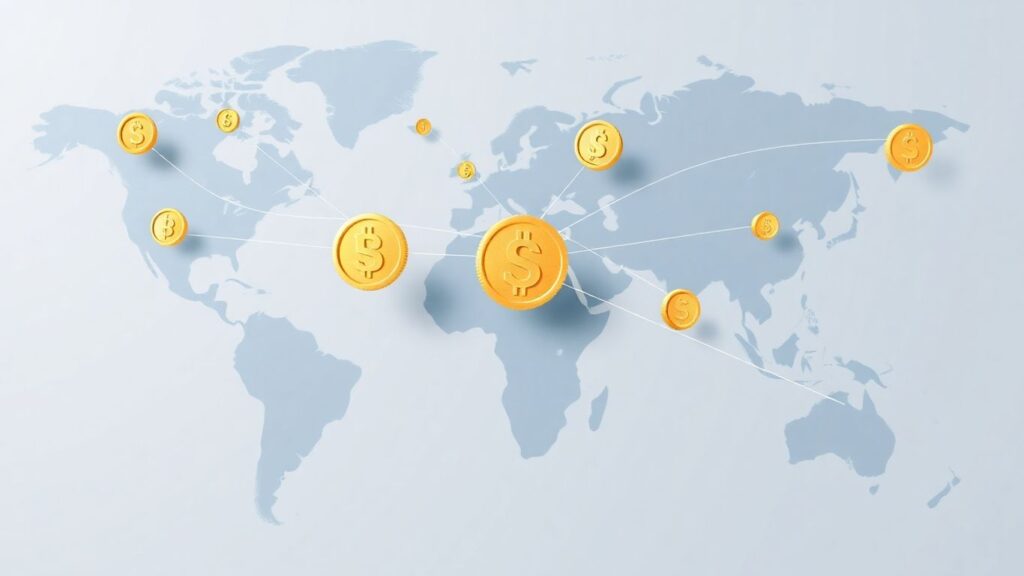

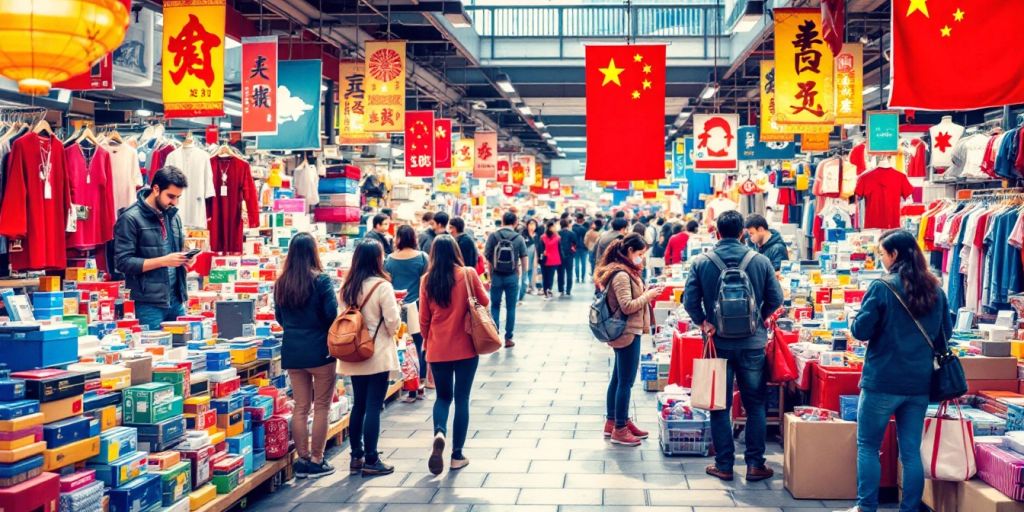


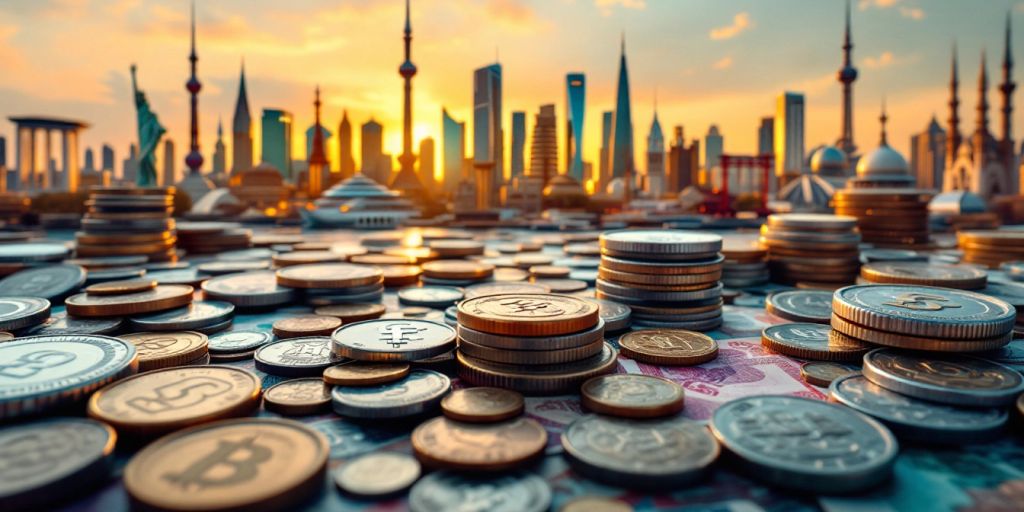
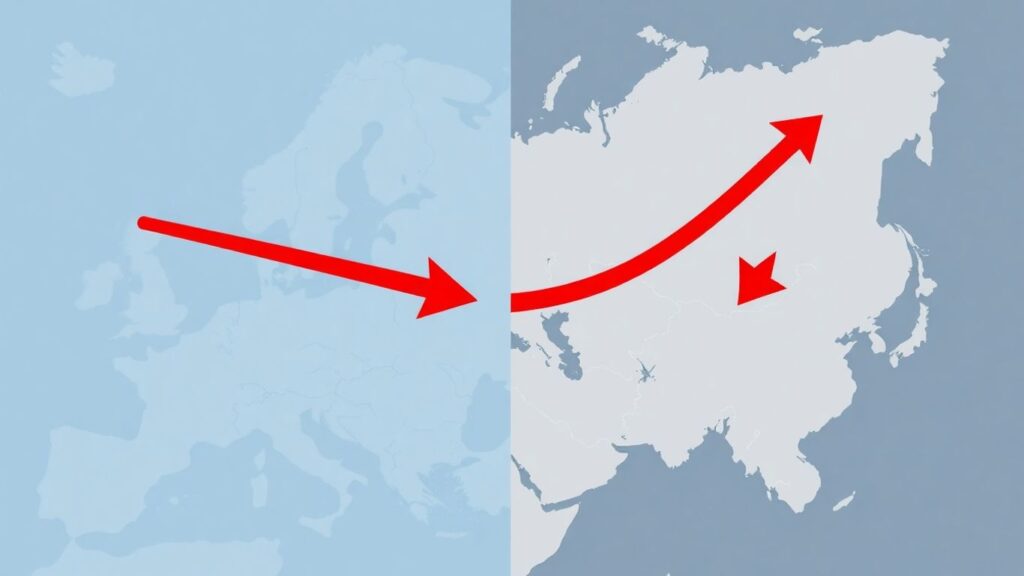
Responses